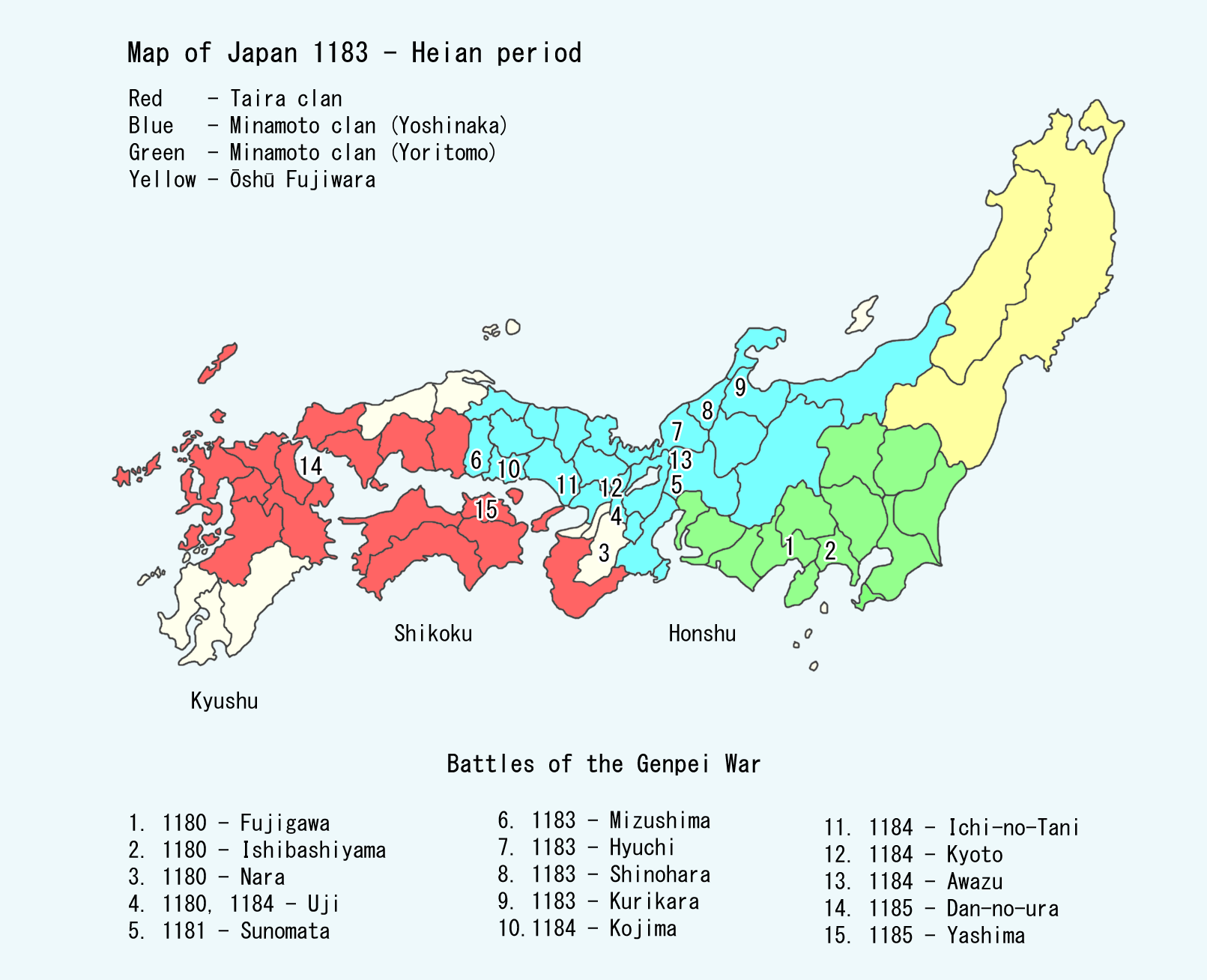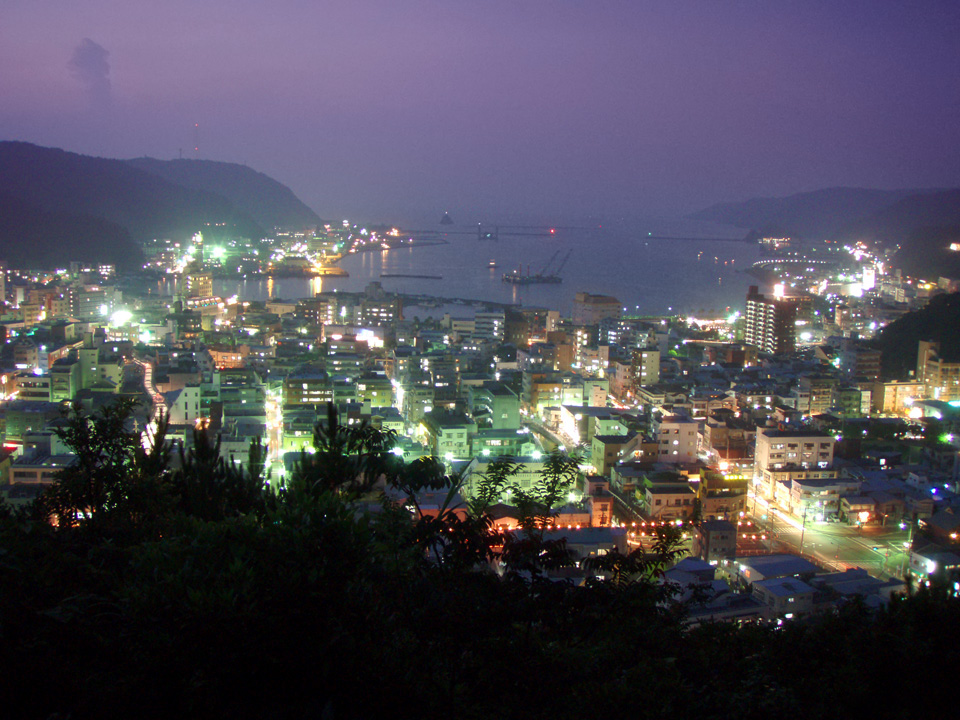|
Toshima, Kagoshima
is a village consisting of the islands of the Tokara Islands located in the Satsunan Islands of Kagoshima District, Kagoshima Prefecture, Japan. The village office is located in the city of Kagoshima, outside the village. As of 1 October 2020, the village has an estimated population of 740 and a density of 7.3 persons per km2. The total area is 101.35 km2. Geography The islands of Toshima Village are the exposed peaks of stratovolcanos rising from the ocean floor, and most are volcanically active. Surrounding municipalities * Amami *Mishima Climate Toshima has a humid subtropical climate (Köppen climate classification ''Cfa'') with hot summers and mild winters. Precipitation is significant throughout the year, and is heavier in summer, especially the months of June and July. The average annual temperature in Toshima is . The average annual rainfall is with June as the wettest month. The temperatures are highest on average in August, at around , and lowest in January, ... [...More Info...] [...Related Items...] OR: [Wikipedia] [Google] [Baidu] |
Villages Of Japan
A is a Local government, local administrative unit in Japan. Tokyo Metropolitan Government It is a local public body along with , , and . Geographically, a village's extent is contained within a prefecture. Villages are larger than a local settlement; each is a subdivision of rural , which are subdivided into towns and villages with no overlap and no uncovered area. As a result of merger and dissolution of municipalities of Japan, mergers and elevation to higher statuses, the number of villages in Japan is decreasing. As of 2006, 13 prefectures no longer have any villages: Tochigi Prefecture, Tochigi (since March 20, 2006), Fukui Prefecture, Fukui (since March 3, 2006), Ishikawa Prefecture, Ishikawa (since March 1, 2005), Shizuoka Prefecture, Shizuoka (since July 1, 20 ... [...More Info...] [...Related Items...] OR: [Wikipedia] [Google] [Baidu] |
Heike Clan
The was one of the four most important clans that dominated Japanese politics during the Heian period of Japanese history – the others being the Minamoto, the Fujiwara, and the Tachibana. The clan is divided into four major groups, named after the emperors they descended from: Kanmu Heishi, Ninmyō Heishi, Montoku Heishi, and Kōkō Heishi, the most influential of which was the Kanmu Heishi line. In the twilight of the Heian period, the Taira controlled the boy emperor Antoku (himself the grandson of the powerful ''Kugyō'' Taira no Kiyomori) and had effectively dominated the Imperial capital of Heian. However, they were opposed by their rivals the Minamoto clan (the Genji), which culminated in the Genpei War (1180–1185 AD). The five-year-long war concluded with a decisive Taira defeat in the naval Battle of Dan-no-Ura, which resulted in the deaths of Antoku and Taira leaders. Following the war, the victorious Minamoto established Japan's first shogunate in Kamakura. ... [...More Info...] [...Related Items...] OR: [Wikipedia] [Google] [Baidu] |
Heike Monogatari
is an epic account compiled prior to 1330 of the struggle between the Taira clan and Minamoto clan for control of Japan at the end of the 12th century in the Genpei War (1180–1185). It has been translated into English at least five times. The first translation was by Arthur Lindsay Sadler, in 1918–1921. A complete translation in nearly 800 pages by Hiroshi Kitagawa & Bruce T. Tsuchida was published in 1975. It was also translated by Helen McCullough in 1988. An abridged translation by Burton Watson was published in 2006. In 2012, Royall Tyler completed his translation, which, he says, seeks to be mindful of the performance style for which the work was originally intended. Historical novelist Eiji Yoshikawa published a prose rendering in the '' Asahi Weekly'' in 1950, under the title ' (''Shin Heike Monogatari''). Background Title Heike () refers to the Taira (), ''hei'' being the ''on'yomi'' reading of the first ''kanji'' and "ke" () meaning "family". However, in t ... [...More Info...] [...Related Items...] OR: [Wikipedia] [Google] [Baidu] |
Shoku Nihongi
The is an imperially-commissioned Japanese history text. Completed in 797, it is the second of the '' Six National Histories'', coming directly after the and followed by ''Nihon Kōki''. Fujiwara no Tsugutada and Sugano no Mamichi served as the primary editors. It is one of the most important primary historical sources for information about Japan's Nara period. The work covers the 95-year period from the beginning of Emperor Monmu's reign in 697 until the 10th year of Emperor Kanmu's reign in 791, spanning nine imperial reigns. It was completed in 797 AD. The text is forty volumes in length. It is primarily written in kanbun, a Japanese form of Classical Chinese Classical Chinese is the language in which the classics of Chinese literature were written, from . For millennia thereafter, the written Chinese used in these works was imitated and iterated upon by scholars in a form now called Literary ..., as was normal for formal Japanese texts at the time. How ... [...More Info...] [...Related Items...] OR: [Wikipedia] [Google] [Baidu] |
Jōmon Period
In Japanese history, the is the time between , during which Japan was inhabited by the Jōmon people, a diverse hunter-gatherer and early agriculturalist population united by a common culture, which reached a considerable degree of sedentism and cultural complexity. The name "cord-marked" was first applied by the American zoologist and orientalist Edward S. Morse, who discovered Glossary of archaeology#potsherd, sherds of pottery in 1877 and subsequently translated "straw-rope pattern" into Japanese language, Japanese as ''Jōmon''.Mason, 14 The pottery style characteristic of the first phases of Jōmon culture was decorated by impressing cords into the surface of wet clay and is generally accepted to be among the oldest in the world. The Jōmon period was rich in tools and jewelry made from bone, stone, shell and antler; Jōmon pottery, pottery figurines and vessels; and lacquerware.Imamura, K. (1996) ''Prehistoric Japan: New Perspectives on Insular East Asia''. Honolulu: Unive ... [...More Info...] [...Related Items...] OR: [Wikipedia] [Google] [Baidu] |
Japan Meteorological Agency
The Japan Meteorological Agency (JMA; ''気象庁, Kishō-chō'') is a division of the Ministry of Land, Infrastructure, Transport and Tourism dedicated to the Scientific, scientific observation and research of natural phenomena. Headquartered in Minato, Tokyo the government agency, agency collects data on meteorology, hydrology, seismology, volcanology, and other related fields. The JMA is responsible for collecting and disseminating weather data and Forecasting, forecasts to the public, as well as providing specialized information for aviation and Marine weather forecasting, marine sectors. Additionally, the JMA issues warnings for volcanic eruptions and is integral to the nationwide Earthquake Early Warning (Japan), Earthquake Early Warning (EEW) system. As one of the Regional Specialized Meteorological Centers designated by the World Meteorological Organization (WMO), the JMA also Forecasting, forecasts, Tropical cyclone naming, names, and distributes warnings for tropical ... [...More Info...] [...Related Items...] OR: [Wikipedia] [Google] [Baidu] |
Humid Subtropical Climate
A humid subtropical climate is a subtropical -temperate climate type, characterized by long and hot summers, and cool to mild winters. These climates normally lie on the southeast side of all continents (except Antarctica), generally between latitudes 25° and 40° and are located poleward from adjacent tropical climates, and equatorward from either humid continental (in North America and Asia) or oceanic climates (in other continents). It is also known as warm temperate climate in some climate classifications. Under the Köppen climate classification, ''Cfa'' and ''Cwa'' climates are either described as humid subtropical climates or warm temperate climates. This climate features mean temperature in the coldest month between (or ) and and mean temperature in the warmest month or higher. However, while some climatologists have opted to describe this climate type as a "humid subtropical climate", Köppen himself never used this term. The humid subtropical climate classific ... [...More Info...] [...Related Items...] OR: [Wikipedia] [Google] [Baidu] |
Mishima, Kagoshima
is a village consisting of the inhabited islands of Iōjima, Kuroshima and Takeshima and the uninhabited islands of Shōwa Iōjima and Denshima located in Kagoshima District, Kagoshima Prefecture, Japan. The village office is located in the city of Kagoshima, outside the village. As of 1 October 2020, the village has an estimated population of 405 and a population density of . The total area is . Geography The islands of Miura Village are the northernmost of the Ryukyu archipelago, and although now grouped together with the Ōsumi Islands, are physically an extension of the Tokara island arc. All of the islands are the exposed peaks of stratovolcanos rising from the ocean floor, and most are volcanically active. Surrounding municipalities *Ibusuki * Makurazaki *Minamikyūshū * Minamiōsumi * Minamisatsuma * Minamitane * Nakatane * Nishinoomote *Yakushima History The islands have been inhabited since at least the Jōmon period. During historic times, mentioned is made o ... [...More Info...] [...Related Items...] OR: [Wikipedia] [Google] [Baidu] |
Amami, Kagoshima
is a Cities of Japan, city located on the island of Amami Ōshima, in Kagoshima Prefecture, Japan. Amami is the most populated municipality on Amami Ōshima. The most urban part of the municipality as well as the island's main port is a small city also known as Naze, Kagoshima, Naze. As of 1 October 2020, the city has an estimated population of 41,390 and a population density of 134 persons per km2. The total area is 308.15 km2. History The village of Naze was established on April 1, 1908. It was elevated to town status on October 1, 1922. As with all of the Amami Islands, the village came under the administration of the United States from July 1, 1946, to December 25, 1953. It was elevated to city status on July 1, 1946. The modern city of Amami was established on March 20, 2006, from the merger of the city of Naze, the town of Kasari, Kagoshima, Kasari, and the village of Sumiyo, Kagoshima, Sumiyō (both from Ōshima District, Kagoshima, Ōshima District). Geograp ... [...More Info...] [...Related Items...] OR: [Wikipedia] [Google] [Baidu] |
Stratovolcano
A stratovolcano, also known as a composite volcano, is a typically conical volcano built up by many alternating layers (strata) of hardened lava and tephra. Unlike shield volcanoes, stratovolcanoes are characterized by a steep profile with a summit crater and explosive eruptions. Some have collapsed summit craters called calderas. The lava flowing from stratovolcanoes typically cools and solidifies before spreading far, due to high viscosity. The magma forming this lava is often felsic, having high to intermediate levels of silica (as in rhyolite, dacite, or andesite), with lesser amounts of less viscous mafic magma. Extensive felsic lava flows are uncommon, but can travel as far as 8 km (5 mi). The term ''composite volcano'' is used because strata are usually mixed and uneven instead of neat layers. They are among the most common types of volcanoes; more than 700 stratovolcanoes have erupted lava during the Holocene Epoch (the last 11,700 years), and many ol ... [...More Info...] [...Related Items...] OR: [Wikipedia] [Google] [Baidu] |
Population Density
Population density (in agriculture: Standing stock (other), standing stock or plant density) is a measurement of population per unit land area. It is mostly applied to humans, but sometimes to other living organisms too. It is a key geographical term.Matt RosenberPopulation Density Geography.about.com. March 2, 2011. Retrieved on December 10, 2011. Biological population densities Population density is population divided by total land area, sometimes including seas and oceans, as appropriate. Low densities may cause an extinction vortex and further reduce fertility. This is called the Allee effect after the scientist who identified it. Examples of the causes of reduced fertility in low population densities are: * Increased problems with locating sexual mates * Increased inbreeding Human densities Population density is the number of people per unit of area, usually transcribed as "per square kilometre" or square mile, and which may include or exclude, for example, ar ... [...More Info...] [...Related Items...] OR: [Wikipedia] [Google] [Baidu] |





